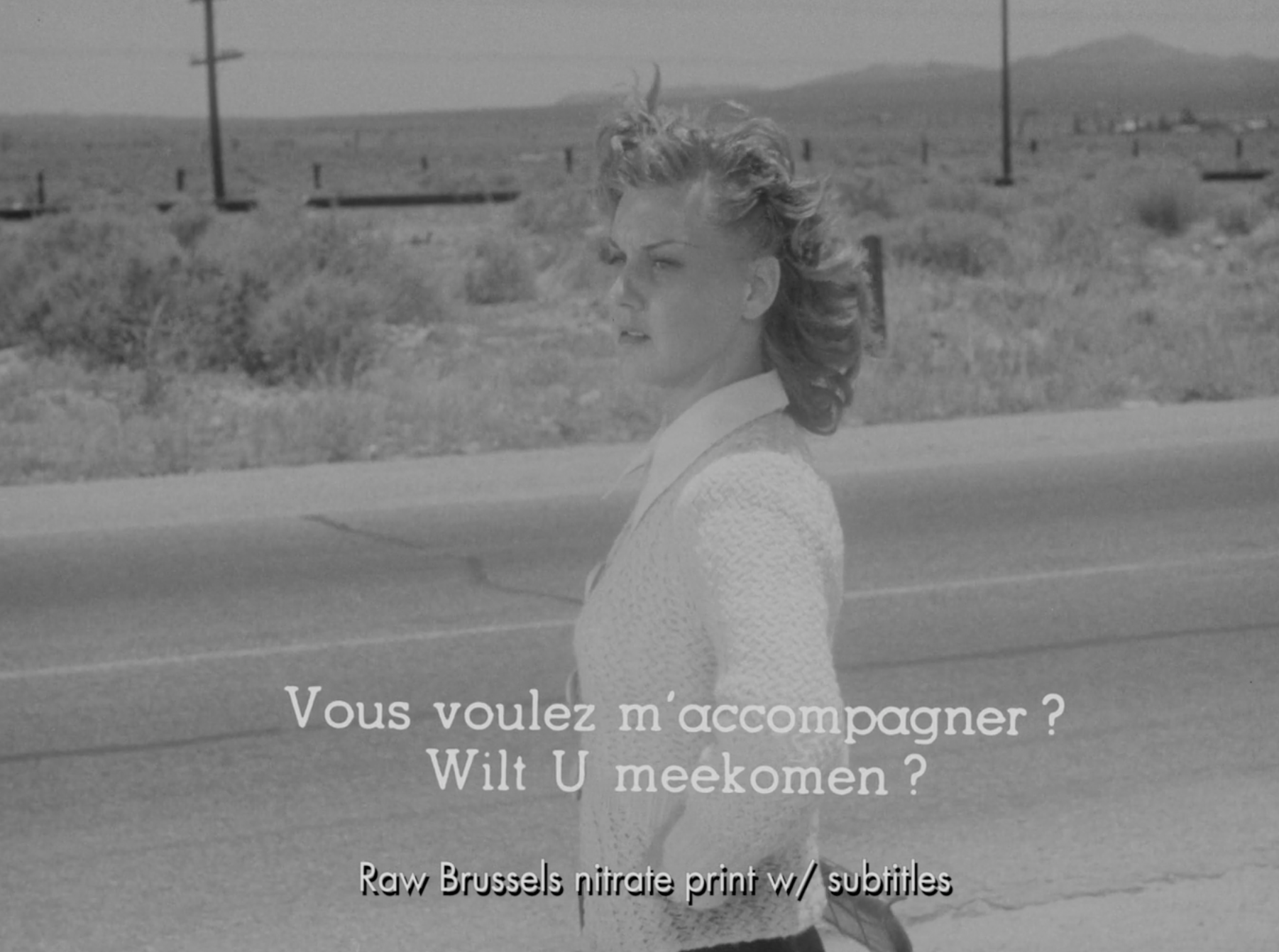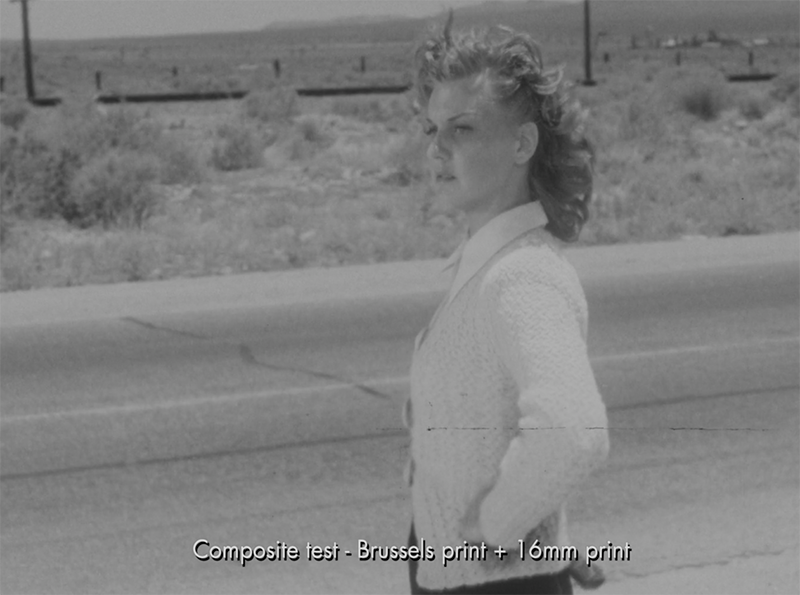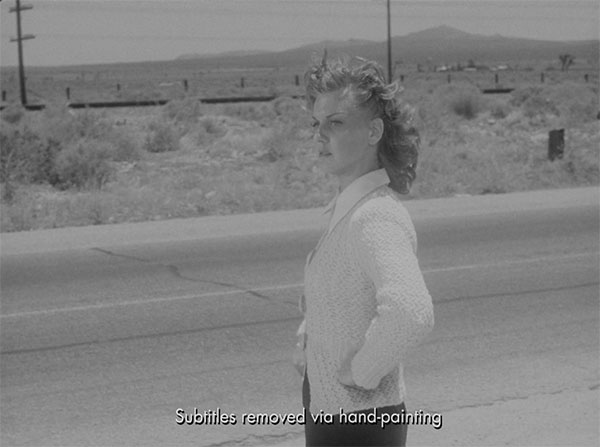
NOTES ON FILM & RESTORATION
04/05/2021Anyone who loves the cinema is now used to terms like “restoration,” “preservation,” “4K scan,” and so on, and familiar with before-and-after demonstrations included as extras on Blu-rays. The Academy Film Archive’s restoration of Detour has been covered in detail, and there’s an excellent 11-minute extra about the work that was created for the Criterion release and that is also available on their channel. I thought it would be worthwhile to look at some of the fine points of that undertaking and how it illustrates the technological advances that keep altering the very nature of film restoration. I called Mike Pogorzelski from the Academy to talk me through it and he was more than happy to oblige.
Let’s start with the term restoration, which, Mike feels, started losing a lot of its relevance when marketing divisions co-opted it many years back. “It’s more accurate to say re-formatting for the 21st century,” Mike explained. He used the 2014 restoration of Hoop Dreams as a literal case in point. When that film was released theatrically in 1994, Steve James and his collaborators grudgingly accepted the fact that the image, shot primarily on Beta SP, would have to be cropped and transferred to film, thus losing a sizable percentage of visual information. Now the film has a clarity that simply wasn’t possible in 1994. The same is true of films shot on super-16 or super-35, all a generation away from their camera negatives. For that matter, it’s true of many other films that we all know and love. “Audiences would never have seen what we’re now able to see with optimal elements,” he explained, “because the release prints were often made from dupe negatives a generation or two away from the original.” Mike pointed to prints struck in the 80s, made from CRIs (color reversal intermediates) fed into high-speed printers, as particularly egregious examples.
In the case of Detour, the search for usable elements had gone on for years, and Mike’s esteemed colleague Heather Linville had scoured the world’s archives looking for usable elements. The missing ingredient turned up in 2017 at the Cinémathèque Royale de Belgique, a 35mm nitrate print that had been struck from the camera negative. It was hiding in plain sight, because it would have been deemed unusable as recently as 2011: there were both French and Flemish subtitles burned into the image. What had changed? Mike invoked Moore’s Law, offered by Gordon Moore, the co-founder of Intel: in 1965, he predicted a yearly doubling in the number of components in an integrated circuit over the next decade, and in 1975 he predicted that the number would continue to double every two years. This “model,” for lack of a better word, has been crucial in the field of digital electronics, and thus in film restoration (yes, we’ll keep using the term). What was slow and cumbersome in 1996, when Frank Capra’s silent The Matinee Idol became the first restoration that was made possible only due to digital technology. “Michael Friend and Grover Crisp used digital scans here and there in the 90s, but it was all very slow,” said Mike. “It only really became practical in the early 2010s.” By 2012, Mike added, the drivers had gotten so much faster and processors could move so much more data in so much less time that it became far easier to remove subtitles, which previously had to be hand-painted out one frame at a time. “We asked Nicola Mazzanti [from the Cinémathèque Royale] to send us a test scan with the thought of grabbing a shot here and there. We had a dupe neg from MoMA to composite the frames where the subtitles appeared, but whenever there was camera movement or constant movement in the frame such as rain, it looked like artifacting. In those areas we did have to do hand-painting. But the majority of the time we were able to do the compositing.” The result, as so many of us can’t stop saying, is astonishing.
To be continued…



- Kent Jones
Follow us on Instagram, and Twitter!
DETOUR (1945, d. Edgar G. Ulmer)
Restored by the Academy Film Archive and The Film Foundation in collaboration with Cinémathèque Royale de Belgique, The Museum of Modern Art, and the Cinémathèque Française. Restoration funding provided by the Hobson/Lucas Family Foundation.
